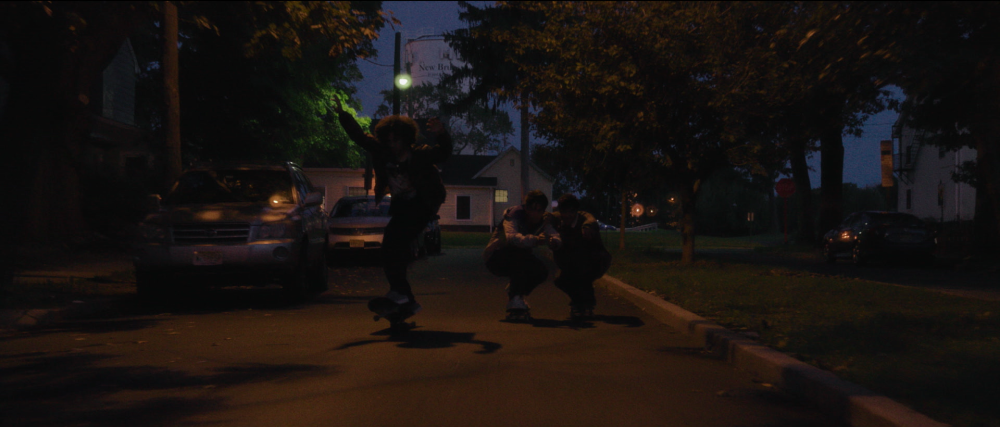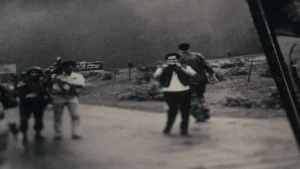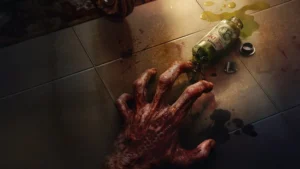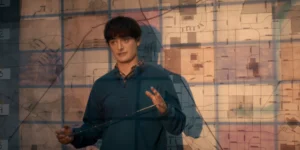Summary
Microbudget drama centred around the killing of local pets in an urban street, and observing relationships and suspicions in that context. Impressive feature debut from Kevin Tran.
In a world getting steadily smaller, how well do you know the people in our own street? Now that you can see your friends and relatives all over the world without leaving your computer screen, how important is your next-door neighbor? The Dark End of the Street examines relationships and suspicions over a single night and within the bounds of a single street.
The Dark End of the Street is written and directed by Kevin Tran, his first feature, and an expansion of his short film of the same name. It’s a sharp observation of suburban life, which takes the killing of household pets as a catalyst for drama. I’m not calling it a thriller, mind you: this isn’t about the crimes themselves but the impact they have on the residents. Marney (Brooke Bloom), whose cat is found dead near the start, finds that her loneliness takes an unexpected turn. Keith (Daniel K. Isaac) is not used to feeling as protective as he does now since violence is apparently creeping closer. All eyes turn to the restless teenagers as likely culprits.
Tran has delivered a perceptive microcosm of western city life, most notably in the writing of his characters. Granted, they are made up of some standard urban stereotypes (minority family, an expectant couple, various single occupants), but so are many neighborhoods. What is clever is how it only takes the one night – in some cases just a few sentences – for us to understand the way these individuals tick. The character I found most interesting was Richard (Jim Parrack): he clearly needs and relishes his friends, but unlike nearly everyone I know in 2020 does not use a computer to reach out to more. He is also a distinctly accepting sort; of himself primarily, and even refusing to judge the person who is killing local pets.

The Dark End of the Street is a distinctly patient film, so for its length, it’s impressive how much it covers. There is no haste to give us action, to move from one home to the next; and we aren’t spoonfed with details or exposition. We simply observe as Tran’s script does too: these are people moving through one shared night, some responding to a shared concern while others are unaware of it. Everyone is given the attention of the camera: some seem to be viewed through a slightly nostalgic filter, and others a sentimental one, but none are judged or looked down on.
Now, an hour after I finished watching, the images which have stayed with me the most are the groups of teenagers, sharing video games, band practice, or skateboarding. So many films include teens only when they have something to contribute to the plot, and otherwise expect them to stay out of the way. Here, they are a valid part of the community, albeit their own distinct part.
Andre Kelman’s sparse score deserves credit too. Many low budget films have difficulty balancing the weight of their music, either including too much music, too loud, or annoyingly mediocre. This was different. It was very well judged in tone, never competed with the dialogue, and complimented the mood of the writing rather than repeating it.
There is clearly a lot to praise in The Dark End of the Street, though it is not without its issues. From the start, it was clear that some of the actors were not doing their best, but I have to say the writing compensated for that very soon after. The length (only 69 minutes, including credits) was a bit of a handicap too, and when it concluded, it almost felt tantalizing. I wonder what Tran could have done with a bigger budget? Perhaps we’ll find out with his next venture.




